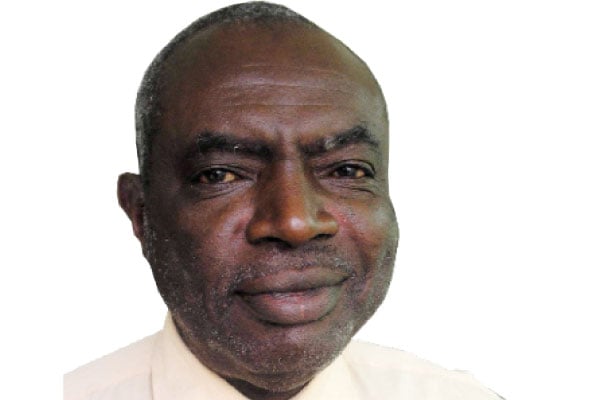What is climate change?

Michael J. Ssali
What you need to know:
- The rising temperatures have caused melting of polar ice caps resulting in rising sea levels by between 10-25 centimetres in a hundred years. They are projected to rise another 50 centimetres by 2100.
Time and again farmers are warned about climate change and its negative impact on agricultural production. We are already witnessing signs of climate change whose frequency and accumulation are quite alarming. Extreme weather conditions such as abnormal hot temperatures, long droughts, and devastating floods manifest more now than they did long ago.
According to a Panos publication titled “Just a lot of hot air?” the average surface temperature has warmed between 0.3 and 0.6 degrees Centigrade in the last 100 years. It may rise up to two degrees in the next 100 years, if we go on producing greenhouse gases at the present rate.”
The rising temperatures have caused melting of polar ice caps resulting in rising sea levels by between 10-25 centimetres in a hundred years. They are projected to rise another 50 centimetres by 2100.
A sharp rise in temperatures such as this could make it difficult to grow most crops, which is the reason we must all be worried.
We expect increased drought, increased floods, and melting of snow and negative impacts in fisheries as wetland conditions change. As further melting of the polar ice caps goes on and sea levels rise, some low lying island countries run the risk of submerging.
According to the Panos publication, greenhouse gases are mainly carbon dioxide, methane and nitrous oxide. Carbon dioxide is the most important, forming 80 percent of the industrialised world’s greenhouse gas emissions in 1990. It is produced by the combustion of carbon-based fossil fuels ---- oil, coal, and gas. Carbon dioxide is normally breathed in by plants which give out oxygen.
But it is said that in more than 200 years of industrialisation and usage of fossil fuels in the western countries more carbon dioxide was produced than could be used up by natural processes such as forests or plants and too much of it has been deposited in the atmosphere resulting in rising temperatures and other extreme weather conditions that we are experiencing.
Wherever it is deposited in the atmosphere, carbon dioxide reportedly stays for some one hundred years. Other greenhouse gases are smaller in volume than carbon dioxide but they are no less dangerous.
Planting trees and refurbishing forests and wetlands are good mitigation steps to take but much more must be done to reduce the emission of the greenhouse gases by the industrialised countries.
Mr Michael Ssali is a veteran journalist,




